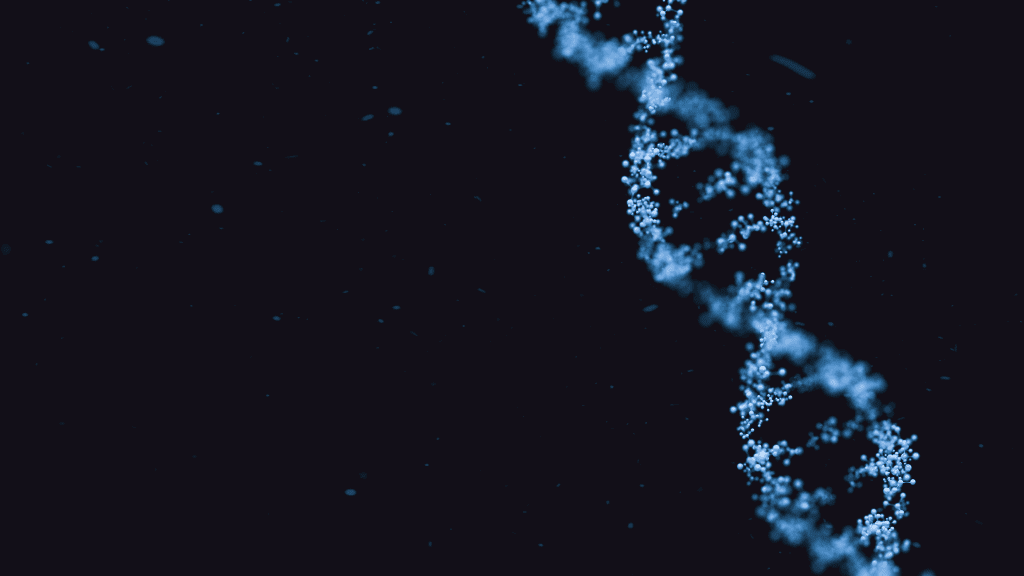Have you ever noticed peculiar beams of light radiating from everyday sources, making them appear almost magical? If you’ve ever wondered about these luminous beams, you might be part of a unique group with a condition known as astigmatism. This common eye condition doesn’t just alter your vision—it can add a touch of enchantment to the world around you, turning ordinary light into something extraordinary. Let’s explore the fascinating phenomenon of astigmatism and the intriguing ways it shapes how people see the world.
What Is Astigmatism? A Closer Look

Astigmatism is a common eye condition that affects the way light enters the eye, leading to blurry or distorted vision. In a normal eye, the cornea and lens are perfectly round, which allows light to focus evenly on the retina. However, in an eye with astigmatism, the cornea or lens is irregularly shaped—more like an elongated oval or a football—causing light to bend unevenly. This irregularity creates a refractive error, which results in the visual effects that many with astigmatism experience, such as the appearance of light beams.
For those with astigmatism, light sources such as streetlights, car headlights, or even the glow of a computer screen can stretch into radiant beams. This effect is often more noticeable in low light or at night, creating a visually striking but sometimes disorienting experience. One Reddit user perfectly captured this sensation, sharing, “I always thought this was normal… like when it rains at night, I would look at the street lights, and they would look like big red and green stars stretching further because of the raindrops on the windshield. Then I found out I have astigmatism; crazy to think not everyone sees the glare.”
The Light Beams Phenomenon Explained
Those dazzling beams of light that stretch from car headlights or lampposts are caused by the uneven bending of light as it passes through the misshapen cornea or lens. Normally, light focuses sharply on the retina, allowing us to see clearly. But in people with astigmatism, the light scatters in multiple directions, which causes the characteristic distortion that makes lights seem to radiate outwards in beams or starbursts.
This visual phenomenon can be both mesmerizing and frustrating. While it adds an artistic flair to the world, it can also make nighttime driving or focusing on distant light sources more difficult for people with moderate to severe astigmatism.
Common Symptoms of Astigmatism
Astigmatism manifests itself in various ways, but some of the most common symptoms include:
- Blurry or distorted vision
- Squinting to see more clearly
- Frequent headaches
- Eye strain or discomfort
- Difficulty seeing at night
For individuals with mild astigmatism, these symptoms may not be immediately noticeable. That’s why regular eye exams are crucial, especially for children, who may not be aware that their vision is impaired.
Diagnosing Astigmatism: What to Expect

The only way to definitively diagnose astigmatism is through a comprehensive eye examination. An optometrist or ophthalmologist will use a series of tests to evaluate your vision and the shape of your cornea. These tests might include:
- Reading from an Eye Chart: A classic test to assess clarity of vision at different distances.
- Vision Assessment with a Phoropter: This device measures your refractive error by having you look through various lenses.
- Measuring Corneal Curvature with a Keratometer: This specialized tool measures the curvature of your cornea to detect irregularities.
- Assessing the Eye’s Refractive Error with an Autorefractor: An automated device that determines the exact degree of refractive error in the eye.
These tests help your eye doctor determine whether you have astigmatism and, if so, the severity of the condition.
Treatment Options for Astigmatism

If you’re diagnosed with astigmatism, rest assured—it’s a highly manageable condition with several treatment options available. The right treatment for you depends on the severity of your astigmatism and your lifestyle preferences. Here are the most common solutions:
- Eyeglasses: Corrective lenses designed to counteract the refractive error caused by astigmatism are often the simplest and most effective solution for improving vision.
- Contact Lenses: Soft toric lenses are specifically made to correct astigmatism, providing clear vision for those who prefer contacts over glasses.
- Surgery: In cases where a more permanent solution is desired, surgical options like LASIK can reshape the cornea, allowing it to focus light correctly. This option is generally considered for more severe cases or for individuals seeking long-term freedom from corrective lenses.
Some people with mild astigmatism may not need treatment if their symptoms don’t significantly impact their quality of life. In any case, your eye doctor will help guide you toward the best course of action.
The Unique Beauty of Astigmatism

While astigmatism is often seen as a visual impairment, it offers a unique way of seeing the world. Those shimmering beams of light you see radiating from a streetlamp on a rainy night or the soft glow of your phone screen are a direct result of how your eyes shape light. Many people with astigmatism find these light beams to be captivating, adding a sense of wonder and magic to their everyday visual experiences.
Of course, it’s essential to manage astigmatism symptoms to maintain clear vision and reduce any discomfort. But there’s no denying that astigmatism can give people a special perspective on the world—one where light transforms into something magical and ethereal.
Seeing the World Differently Can Be a Gift

If you’ve ever marveled at the radiant beams of light stretching from ordinary sources, you might be witnessing the world through the lens of astigmatism. While it’s important to stay on top of your eye health with regular exams, there’s also something to be said for appreciating the enchanting beauty that astigmatism can bring to your life.
Astigmatism may create visual challenges, but it also offers a rare opportunity to see the world in a way that others cannot. Those light beams, starbursts, and glows might just be a subtle reminder that seeing the world differently can indeed be a gift—a touch of magic in the everyday.
Conclusion
Astigmatism is a common and treatable condition, but it also brings with it a unique way of experiencing light and color. From the ordinary to the extraordinary, astigmatism can turn everyday moments into magical visual experiences. If you’ve noticed beams of light dancing from car headlights or a lamppost on a dark street, you may be seeing the world through the captivating lens of astigmatism.
Remember to stay proactive about your eye health and embrace the beauty that comes with seeing the world differently. After all, there’s no harm in letting a little magic into your everyday life.


